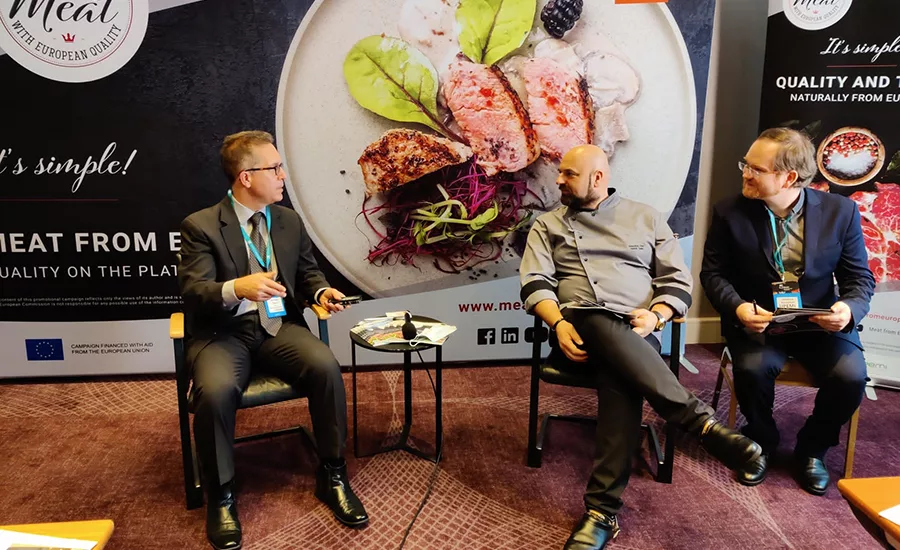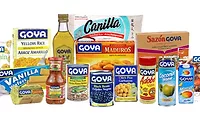Editor's Note
FAM to FA&M

Editor-in-Chief Michael Costa (left) met with meat processors, EU and Polish government officials, retail representatives and chefs on a recent trip to Poland. Photo courtesy of Aleksandra Rucz
A few weeks ago, I traveled to Warsaw, Poland, for a “FAM” (familiarization) trip sponsored by Meat from Europe, which is seeking to export its beef, pork and poultry to North America possibly as soon as 2022. While there, we toured beef and pork processing plants about an hour east of Warsaw, and met with Polish government and EU representatives from the agriculture sector to get an idea of what differentiates meat from Europe among its many competitors. We’ll have much more about the trip and the export campaign in an upcoming Food Engineering story.
While in Warsaw, I spent a full day at the Food Market and Trade Forum, which brought food processors in from Poland and other countries for panel discussions, exhibits and sessions focused on specific market segments, trends, technology, best practices and dealing with the multiple challenges facing the industry today: supply chain instability, ingredient shortages, shifting markets, operating costs, inflation, a massive labor crunch and more.
Sound familiar? It reminded me of our own annual Food Automation & Manufacturing (FA&M) event, which covers similar topical territory and has the same processor-friendly agenda of industry education, strategies and solutions. In this issue, we’ll take a look back at our 2021 conference—which was held virtually—to highlight many of the key takeaways and trend forecasting presented during the two-day event. If you missed any of it, we have the entire program available to view on demand here: https://www.foodengineeringmag.com/food-automation-conference/2021/agenda
Our 2022 FA&M conference is shaping up to be our best yet, and we plan to hold it in-person next September in Miami. You can register to attend here and take advantage of our early bird pricing: https://www.foodengineeringmag.com/food-automation-symposium.
Whether it’s a FAM trip in Poland or FA&M here in the States, one element is clear—processors are facing the same problems and searching for solutions no matter where they are on a map. It’s always beneficial to take a step back and see what your processing peers are experiencing around the globe to get a true gauge for how the industry is currently faring, and at the very least, to know you’re not alone in the fight to overcome obstacles to productivity and profitability.
Looking for a reprint of this article?
From high-res PDFs to custom plaques, order your copy today!








